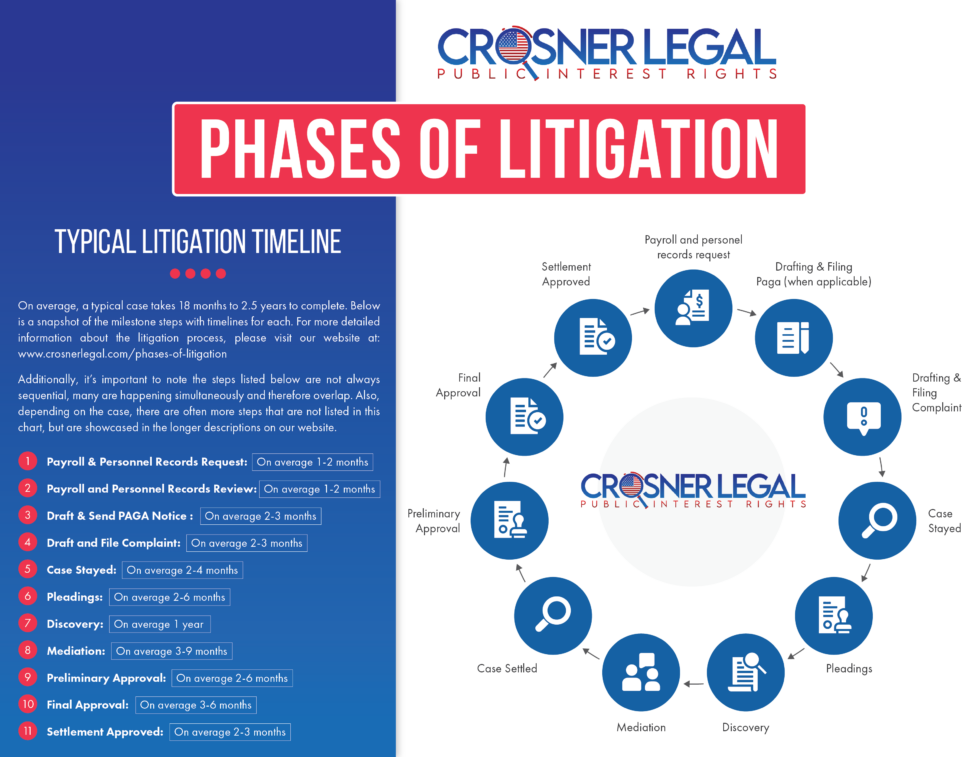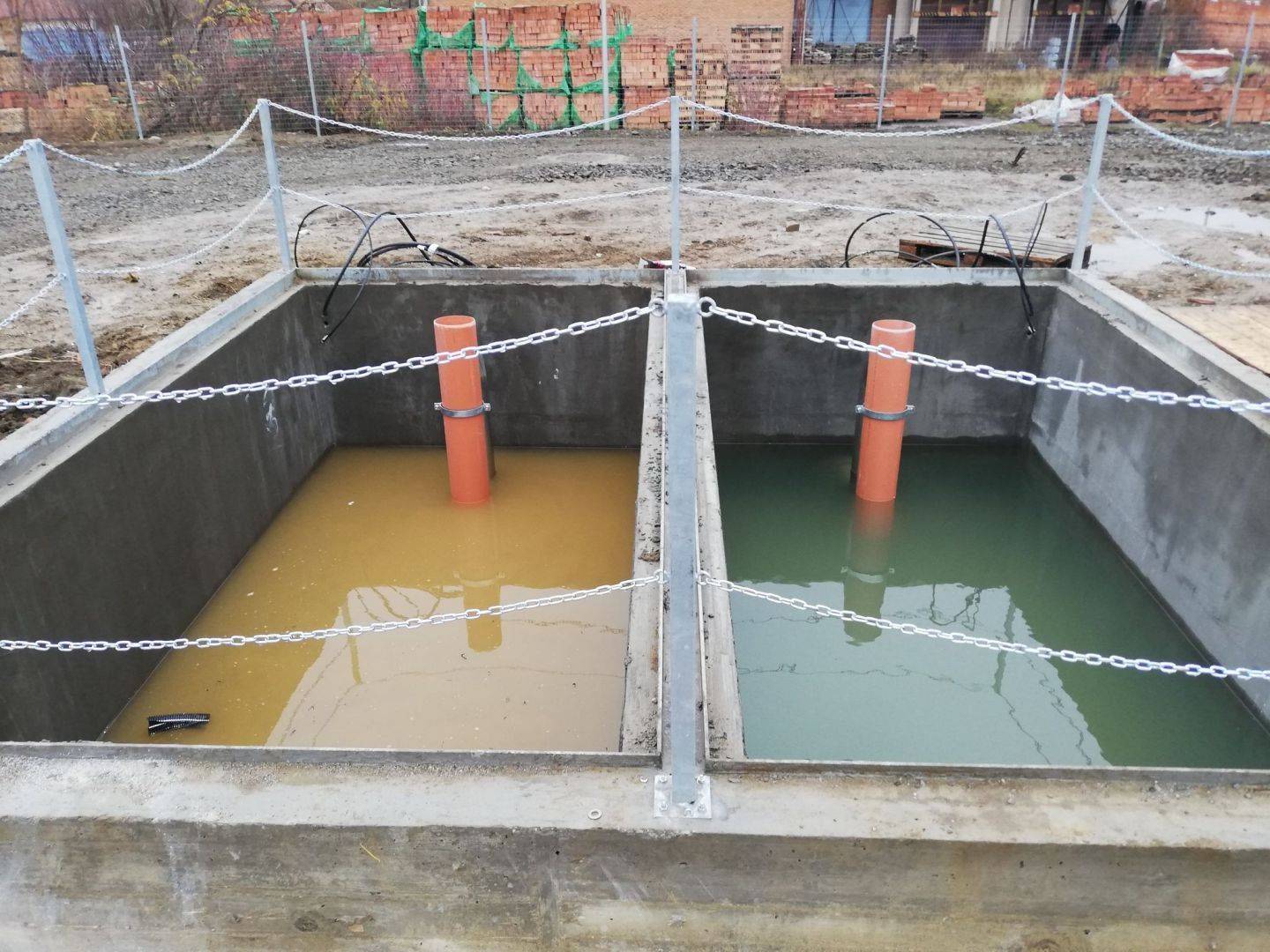Ongoing Nuclear Litigation: A Comprehensive Overview Of Current Cases

Table of Contents
High-Profile Nuclear Accident Cases
Nuclear accidents, due to their catastrophic potential, often result in extensive and protracted litigation. The legal battles surrounding these events involve complex issues of liability, causation, and the assessment of damages.
Case Study 1: The Fukushima Daiichi Nuclear Disaster (Japan)
The 2011 Fukushima Daiichi nuclear disaster, triggered by a massive earthquake and tsunami, resulted in widespread radioactive contamination and significant loss of life. The ensuing litigation involves numerous claims for personal injury, property damage, and environmental remediation. Key legal arguments center on the adequacy of safety measures, regulatory negligence, and the allocation of liability among various actors, including the Tokyo Electric Power Company (TEPCO), the Japanese government, and potentially even equipment manufacturers.
- Key Events: Earthquake and tsunami, reactor meltdowns, widespread evacuation, long-term health concerns.
- Legal Strategies: Plaintiffs are pursuing claims based on tort claims, alleging negligence and breach of duty of care. Defendants are contesting liability and arguing force majeure.
- Outcomes (Partial): While many cases are still ongoing, some settlements have been reached, but the full extent of compensation remains undetermined. Significant legal precedent is being established concerning nuclear accident liability in the context of natural disasters.
- Involved Parties: Plaintiffs include thousands of individuals and businesses; defendants include TEPCO, the Japanese government, and various contractors.
Case Study 2: Three Mile Island Accident (USA)
The Three Mile Island accident in 1979, though less catastrophic than Fukushima, set a significant precedent for nuclear power plant safety regulations and litigation. The ensuing lawsuits focused on regulatory negligence, the adequacy of emergency response plans, and the long-term health effects of low-level radiation exposure. This case highlighted the challenges of proving causation in cases involving low-level radiation exposure and established crucial legal frameworks for nuclear insurance claims.
- Key Events: Partial core meltdown, release of radioactive materials, evacuation of surrounding areas, long-term health studies.
- Legal Strategies: Plaintiffs focused on proving negligence on the part of the plant operator and regulatory agencies. Defendants argued that the accident was unavoidable given the circumstances.
- Outcomes: The case resulted in significant changes to nuclear power plant safety regulations and established precedents regarding the nuclear power plant safety standards and compensatory damages for radiation exposure.
- Involved Parties: Plaintiffs included residents and businesses near the plant; defendants included Metropolitan Edison Company (the plant operator) and the Nuclear Regulatory Commission (NRC).
Nuclear Waste Disposal and Environmental Litigation
The long-term storage and disposal of nuclear waste present significant legal and environmental challenges. Proving causation and liability in cases of long-term environmental damage is exceptionally difficult, requiring complex scientific evidence and expert testimony.
Challenges in Waste Management Litigation
Establishing a clear link between nuclear waste disposal practices and subsequent environmental contamination is a major hurdle. The latency period between exposure and the manifestation of health effects, coupled with the complexity of environmental processes, creates considerable evidentiary challenges. These cases often involve disputes over environmental impact assessment methodologies, the adequacy of regulatory oversight, and the appropriate level of environmental remediation. Issues of long-term health effects are particularly complex to litigate due to the long incubation periods of radiation-related illnesses. Many cases involve superfund sites, where the responsibility for cleanup falls under complex federal legislation.
- Specific Legal Challenges: Establishing causation, demonstrating long-term environmental harm, defining appropriate remediation standards, allocating liability among multiple responsible parties.
- Evidentiary Issues: Gathering sufficient scientific evidence to prove a causal link between waste disposal practices and observed environmental damage or health problems.
- Ongoing Debates: The appropriate level of risk acceptable for nuclear waste disposal, the responsibility for long-term monitoring and maintenance of storage sites, and the efficacy of different disposal technologies.
Current Cases and Their Impact
Numerous cases are currently underway challenging the safety and legality of various nuclear waste disposal practices. These include challenges to the licensing of new repositories, disputes over the transportation of nuclear waste, and lawsuits alleging environmental contamination near existing storage sites. The outcome of these cases will significantly impact future regulations and policies governing radioactive waste disposal, including the development of new nuclear waste repository sites and strategies for geological disposal. The role of the Nuclear Regulatory Commission (NRC) and the Environmental Protection Agency (EPA) in overseeing these processes will continue to be central to these ongoing legal battles.
- Status of Ongoing Cases: Many cases are in the discovery or trial phases, with significant implications for both environmental policy and the nuclear industry.
- Potential Impact on Environmental Policy: Successful lawsuits could lead to stricter regulations, improved waste management practices, and increased financial liabilities for the nuclear industry and government agencies.
Nuclear Weapons Litigation and International Law
Litigation related to nuclear weapons involves unique complexities due to the involvement of multiple nations and the potentially devastating consequences of nuclear accidents or weapons-related incidents.
International Aspects of Nuclear Liability
Addressing liability for nuclear accidents or weapons-related incidents that transcend national borders necessitates navigating the intricate web of international nuclear liability conventions. Determining jurisdiction, establishing responsibility, and ensuring the effective compensation of victims in such scenarios require careful consideration of transboundary pollution principles, state responsibility, and nuclear non-proliferation treaties.
- Jurisdictional Challenges: Determining which nation's courts have jurisdiction over cases involving multiple countries and different legal systems.
- Legal Frameworks: International conventions, treaties, and customary international law play a crucial role in defining liability and compensation mechanisms in such cases.
Examples of Ongoing Cases (if any)
While fewer high-profile cases directly involving nuclear weapons litigation currently exist compared to those stemming from accidents or waste disposal, the legacy of nuclear weapons testing continues to fuel legal challenges. Claims related to radiation exposure from past testing, particularly in affected populations, and the long-term health consequences, may occasionally arise. These instances often involve considerations of war crimes and human rights violations.
- Key Issues: Establishing causation between past nuclear weapons testing and present-day health problems, dealing with the challenges of proving long-term effects and establishing liability in the context of international relations.
- Current Status: The specifics of such cases vary depending on jurisdiction and the claims being pursued, but the legal challenges remain significant.
Conclusion
Ongoing nuclear litigation highlights the complex interplay between technological advancement, environmental protection, and legal responsibility. From high-profile nuclear accidents to the ongoing challenges of waste disposal and the legacy of nuclear weapons testing, the legal landscape surrounding nuclear energy is dynamic and constantly evolving. The precedents set in these cases have far-reaching implications for safety regulations, environmental protection measures, and the allocation of liability within both the nuclear industry and governments. Staying informed about developments in ongoing nuclear litigation is crucial. For expert advice on nuclear-related legal matters, consult with qualified legal professionals experienced in this specialized field. Future articles will delve deeper into specific cases and emerging trends within this vital area of legal practice.

Featured Posts
-
 Lottery Results Wednesday April 30 2025
May 02, 2025
Lottery Results Wednesday April 30 2025
May 02, 2025 -
 Manchester Uniteds Tribute To Poppy Atkinson Following Fatal Car Accident On Kendal Pitch
May 02, 2025
Manchester Uniteds Tribute To Poppy Atkinson Following Fatal Car Accident On Kendal Pitch
May 02, 2025 -
 Mecsek Baromfi Kft Kme Vedjegy Garancia A Kivalo Minosegu Baromfira
May 02, 2025
Mecsek Baromfi Kft Kme Vedjegy Garancia A Kivalo Minosegu Baromfira
May 02, 2025 -
 The Fallout From The Justice Departments School Desegregation Order Rescission
May 02, 2025
The Fallout From The Justice Departments School Desegregation Order Rescission
May 02, 2025 -
 Chainalysis Expands Ai Expertise With Alterya Acquisition
May 02, 2025
Chainalysis Expands Ai Expertise With Alterya Acquisition
May 02, 2025
